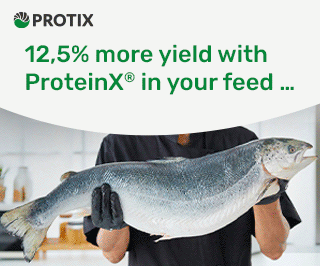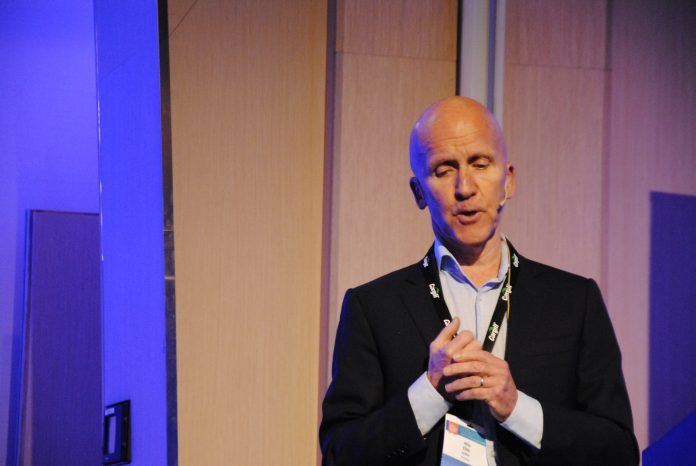Unless the Norwegian government kills investment plans.
“Only three per cent of the food we eat today comes from the ocean. The potential is huge. We believe that the Atlantic is the natural habitat for the Atlantic salmon,” says Atle Eide, Chairman of listed salmon farmer SalMar.
Eide, who used to be the wonderboy of the aquaculture industry, is about to become a salmon veteran. He hardly needs any further presentation – with his time as chief executive of Skretting, Hydro Seafood, Pan Fish and Marine Harvest.
“The potential for sustainable salmon farming is unlimited, but it requires major technological changes. We think the aquaculture industry in ten years will be significantly changed compared to what we see today.”
Key Area
He points out technologies such as RAS, wholly or partially closed systems or sea rigs.
“Or will it be something completely different unknown of today?” he adds.
Eide and SalMar are investing heavily in one field:
“Ocean farming is a key area for SalMar,” Eide says at the opening day of the North Atlantic Seafood Forum in Bergen, Norway.
Eide refers to today’s news where SalMar and Lerøys 50/50 owned company Scottish Seafarms will build its first offshore rig off the coast of Scotland.
“This is proof that this industry is mobile – it can be placed anywhere.”
Eight years
SalMar started the plan of ocean rig “Ocean Farm 1” back in 2012. Construction of the rig began three years later. First-generation fish have been harvested, with good results. However, production took place at an exposed site – not offshore. The rig is not designed for that.
“We are now in the second generation, the fish is now two kilos, and what we see is that the fish appear even stronger.”
This experience has made SalMar safer in their forecasts.
“We want to go from big to bigger.”
The name of the new generation is “Ocean Farm 2” and it will be twice the size of today’s rig. It will hold between three and four million salmon, will be 70 meters high and have a circumference of 160 meters.
Offshore
“This one will be totally offshore. It will be like an oil rig. We hope we can start building this rig just over the summer. We are finalizing the design,” he explains.
Eide points out that with the Norwegian authorities’ ambition of five million tonnes of salmon in 2050, major investments must be made.
“Huge investments are required to realize this. Investments that we have not seen since the heyday of the oil industry. If this growth is to happen offshore, the industry must invest at least 200 million kroner (EUR 20 billion) in offshore production equipment alone.”
“In addition, 60 million kroner (EUR 6 billion) is needed in large-scale plants. And then we need a whole new generation of wellboats because today’s wellboats do not have the capacity to operate in the open sea. We need new feed boats, with DP (dynamic positioning – ed. Note). Those used today are not suitable for this,” he continues.
Tax
SalMar and majority owner Gustav Witzøe are ready with the funding.
“We have the financial capacity, with today’s tax regime,” says Eide.
“But if the tax regime changes, investments will disappear – along with the 100,000 new jobs this could generate.”
The development for “Ocean Farm 2” is not stopping.
“We will be ready to launch large smolt, between 600 and 700 grams, by 2023, and will start harvesting fish the following year.”



